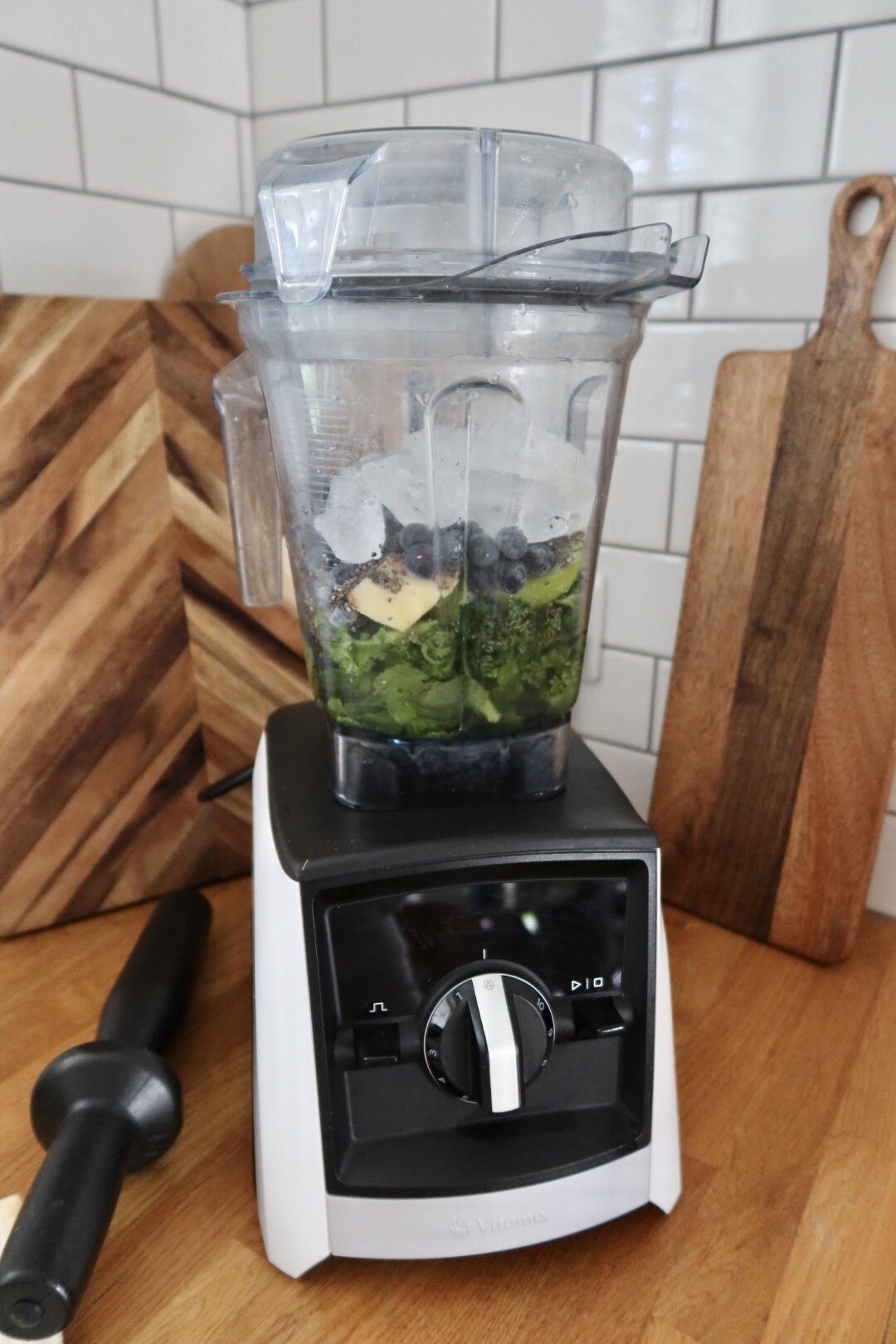Anatomy of the Perfect Smoothie
Nearly every household owns a blender. No matter the brand, Ninja, NutraBullet, VitaMix…the most popular reason for owning a blender is smoothie making. BUT…smoothies are also one of those things you by a blender for and promise to make every day but make once or twice then banish to the back of the cupboard to collect dust rather than delicious produce. Well, I’m here to rejuvenate your smoothie making passion by breaking it all down to a simple science! This way, smoothie making will take almost no effort and you’ll be reaping the health benefits much more often.
Firstly, here are all the basic ingredients you should try to have on hand:
Liquids. Aim for non-sugary types like coconut water or unsweetened non dairy milks. You can use any juice you prefer but be aware of added sugars. Many liquids don’t require refrigeration and can be bought in bulk for storage. Look for these in the pantry aisles and try to go organic if possible. Plain yogurt added with water also makes a great liquid base.
Nutrient Boosters. I recommend boosters like ground flaxseed, ground mixed seeds, chia seeds, collagen, spirulina, boabab, bee pollen, your preferred protein powder and probiotic powder (you can open a capsule into the mix).
Frozen Goods. Luckily nowadays you can get pretty much any fruit or berry already frozen and they’re always frozen at peak freshness. I also look out for any fresh fruit on sale, chop it and freeze it myself. Any bananas you have that are a little too brown for your liking make a great natural sweetener in smoothies as well. Just peel and slice them up to freeze. Ice is always good to have handy for chilling smoothies that aren’t using any frozen produce.
Fresh Greens. I know they don’t always look appealing in smoothies but they are crucial to amping up the nutritional content and usually go undetected to the taste buds when mixed with fruit. Kale, spinach, celery, arugula (rocket), broccoli heads, swiss chard and beet greens are great. A dab of raw honey also helps to cover up the taste if you aren’t partial to veggies.
Ginger and Herbs. Ginger is on my list for every grocery trip. It’s inexpensive and I use it a lot in cooking and smoothies. It’s an excellent anti-inflammatory and tummy tamer. Fresh herbs can be an exciting little twist to your smoothie. Shoot for leafy herbs like mint, basil and cilantro (coriander).
Now that we’ve got our basics. Here’s how to arrange them in the blender and how much per serving.
Add ingredients in this order:
1 cup liquid per servIng
handful fresh herbs
1 cupped handful greens per serving
1/2 heaped cup fruit per serving
1 knob ginger (if using)
seeds and/or powder by package serving instr.
ice
Never overthink the combinations. It’s always fun to experiment and use up any produce you have. If your smoothie ends up on the icky side it can usually be saved by a scoop of raw honey or ripe banana. Happy blending!x
Coconut water, mint, curly kale, green apple, ginger, frozen blueberries, chia seeds and ice. Looks like mud, tastes refreshingly crisp.
G-Fresh: spinach, kale, ginger, lemon, green apple, celery, mint, coconut water, chia seeds and collagen.


